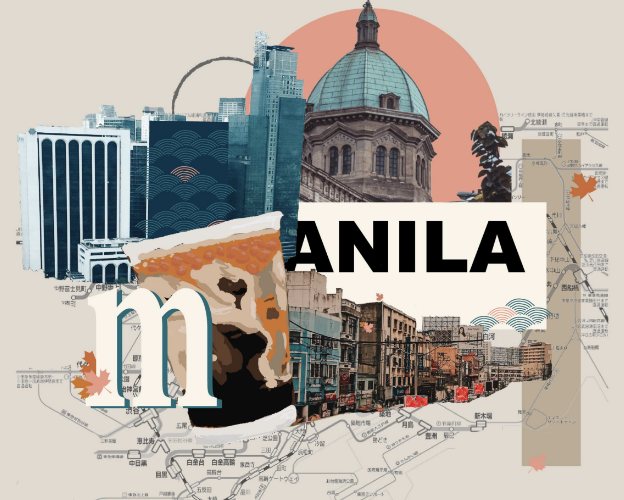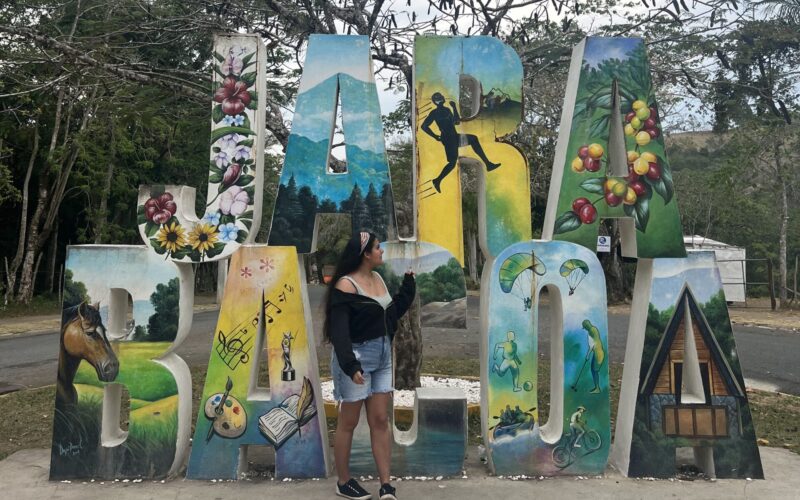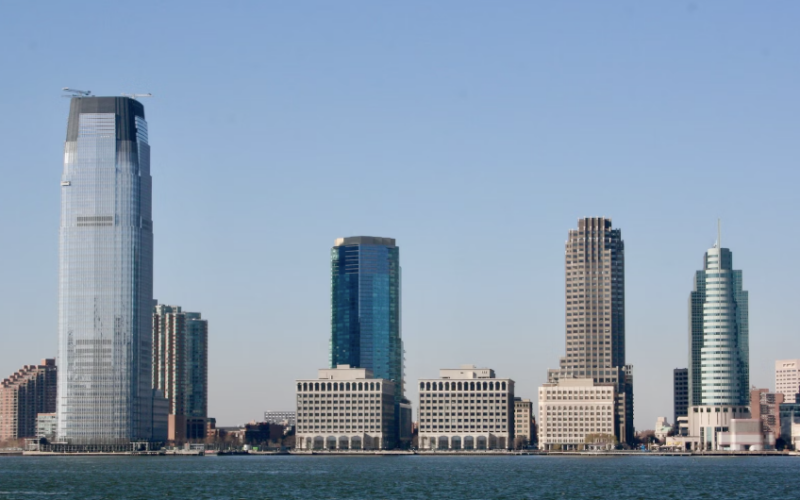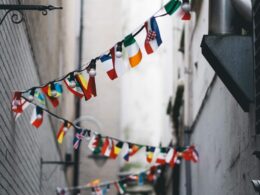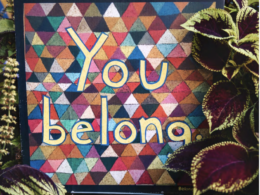By Mayako Kruger
“Where are you from?” The question that haunts every third culture kid inevitably squeezes itself into every conversation during my first week of university. Every time it’s asked, I’m afraid of being thought of as pretentious, but my response has never changed.
“I’m half Japanese and half Canadian but I grew up in the Philippines,” I always say reluctantly.
It’s not that I want to make my life sound more interesting or seem exotic; simply put, I struggle to pinpoint my identity to a single place.
When I was in my early teens, I wanted nothing more than to live the quintessential American life as seen in a Netflix show. To ride a yellow bus to school with the people I’ve gone to school with since kindergarten. To go home to my childhood bedroom during university breaks and get lunch with all my friends who were doing the same. To feel a sense of belonging to a small town where everyone knows everyone.
While in many ways my life did fit that of the typical Netflix Original—I played sports after school, hung out with my friends on weekends, and sat at the dinner table with my family every night as they asked the classic “What did you learn at school today?”—in many other ways it didn’t. The norm at my school was to move away after a few years; there were only twelve kids who were part of the “13 Year Club” yearbook spread, a page dedicated to those who attended my school from kindergarten to high school graduation. While they did count me among the “13 Year Club,” I had moved away to live in Tokyo for three years in the middle of elementary school. In Tokyo I did ride a school bus, but it was covered with abstract designs because a yellow school bus was too much of a “safety concern” that might be a clear target for potential anti-American attacks. Lastly, most of my graduating class, including myself, have no ties to Manila and won’t have any reason to visit in a few years when our families inevitably move away.
Yet I still feel a deep sense of belonging to a city where, superficially, I don’t belong. Is it fair for me to call Manila home when I’ve grown up in a bubble of privilege among foreigners living in the exact same situation as me?
Every Saturday morning, I would wake up at 7:00 a.m. to walk down the street with my yaya (nanny), Mercy, to visit the taho man. As soon as we stepped outside of our apartment compound, the palm trees and neat avenues were replaced with unkempt bushes and roads that desperately needed to be repaved. The taho man’s cart was parked by the side of the Pasig River as he called out “Taho! Taho!” His voice was the star of the symphony of rush hour jeepney and tricycle traffic.
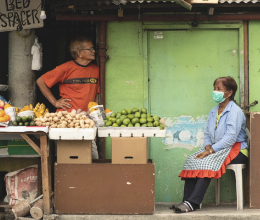
I would exchange my 5-peso coin (10 cents CAD) for a small cup of warm taho: sheets of warm silken tofu with sago pearls and brown sugar syrup. “Salamat!” I would thank the man before Mercy took me home.
Once on a family vacation to Bohol, an island popular for its Chocolate Hills (unusual geological formations) and tarsiers (a type of small primate), my family was driving back to our hotel in the hotel car service when I really needed to use the bathroom. The driver suggested pulling up to a house on the side of the road and asking to use their washroom. As I was six years old, holding it in was not an option, so that’s exactly what we did. The driver explained our situation to a middle-aged man and he generously let me and my mom into his house with dirt floors, a corrugated sheet of metal as a roof, and cement blocks as walls. His washroom consisted of a toilet bowl with a bucket of water and a tabo—a plastic water dipper used to flush the toilet as there was no plumbing. After thanking the man, my mom and I walked back to the car and drove the rest of the way back to our hotel.
These snippets are examples of my limited experience of what it’s really like for many people who live in the Philippines.
Within the bubble of expat kids, International Day was known to be one of the most exciting days of the year. We could forgo our uniform at my school in Manila and instead wear our home country’s national costume. Kids would come to school in their hanbok, baro’t saya, sari, or cowboy boots, and a cultural carnival emerged in our school playground. I would alternate between a red Roots Canada shirt and a Japanese yukata each year as an homage to my parent’s cultures and my passport countries. But still, whenever I visited Japan or Canada to see family, it always felt like more of a vacation than a homecoming.
Despite being able to speak Japanese and navigate Tokyo’s complex subway system, after passing the foreigners in the Japanese-passport-only line at immigration, I feel like a tourist myself. Shop owners and mall assistants are always surprised when I respond to their broken English with “Nihongo de daijoubu desu” (“Japanese is okay”).
I display different personas in different relationships.
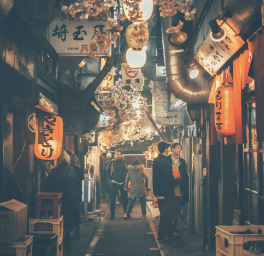
Growing up with people from all over the world, I find myself to be adaptable in terms of respecting and following the social norms in a new situation, but there are some things that are impossible to know without complete immersion. When I was about eleven, I was having a conversation with my grandmother about rice crackers, when I referred to her as anata, a pronoun I didn’t know at the time is only polite when you use it for people whom you don’t know—it is extremely rude if you use it for someone you do know. That was the first time I had heard my grandmother yell. I waited in tears for my mom to return from the grocery store, and when she did, I explained, “I don’t know why baba was so mad! I thought I was being polite.” Misunderstandings of the culture are what isolate me from “being Japanese.”
I display different personas in different relationships, shapeshifting in what seems like a fruitless attempt of stitching together pieces of my identity. I’m constantly trying to fit in with my surroundings, trying to find a place to make me feel, even temporarily, at home. The one place I didn’t have to try to fit in was in the international communities of expats I grew up in because our differences were, paradoxically, unifying. I felt at home not when the people around me ethnically resembled me but when we shared experiences. In many cases it was easier to find similarities with people from countries I had never imagined visiting than with people whose lives seem more similar to my own at first glance.
Moving away from Manila only made my appreciation for the city grow. I’m thankful for the people, experiences, and the city itself for making me who I am today.
Visual credits: Miriam Celebiler
*This article and the accompanying visual were first published in The Ubyssey and are used with permission.

Mayako is a second-year student studying cognitive systems at the University of British Columbia. She is half Japanese and half Canadian but grew up in the Philippines, which she considers her home. Instagram: @mayakokruger






